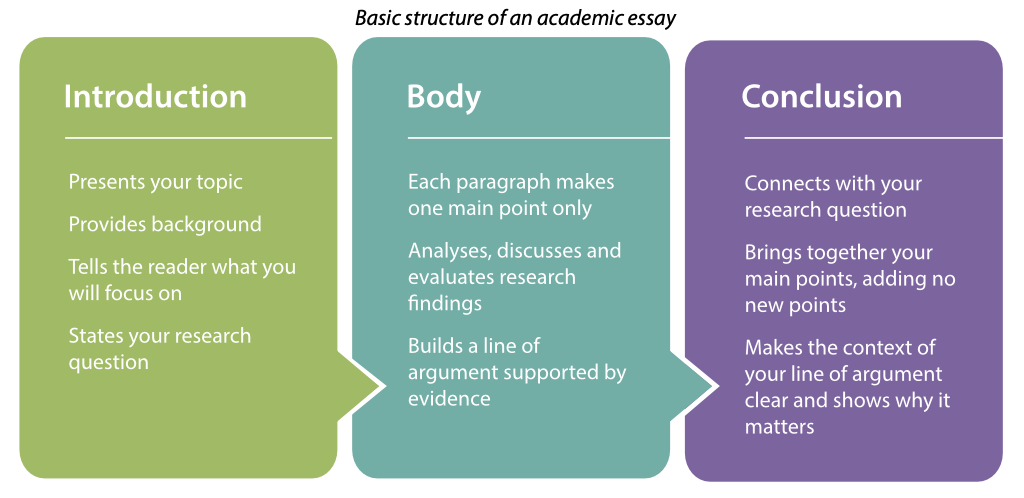

The following structural conventions must be present in the essay you submit for assessment:
• Title page
• Contents page
• Introduction
• Body of the essay
• Conclusion
• Reference list or bibliography
And...
In addition to the recognized structure of any extended essay, as above, it is also important to incorporate any structural conventions that relate to the subject(s) you are using.
Your extended essay should be clearly written in a formal academic style, appropriate to the subject(s) from which the topic is drawn. Given that the extended essay is a formally written research paper, it should strive to maintain a professional, academic look.

With your research organized, you can begin writing your paper. Follow these steps:
Properly cite all the sources you used in your research to avoid plagiarism. Follow the citation style required by your assignment. It's easiest to cite as you write, but be sure to check all citations once the essay is finished.
Before submitting your paper to your supervisor for feedback, take the time to review it:
